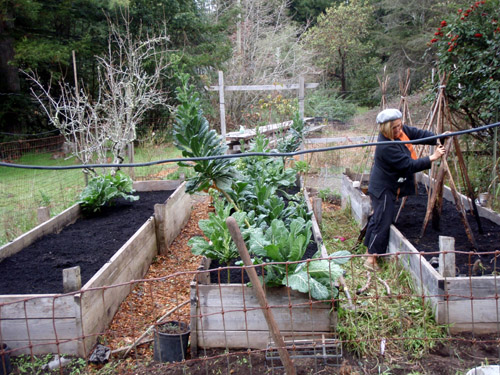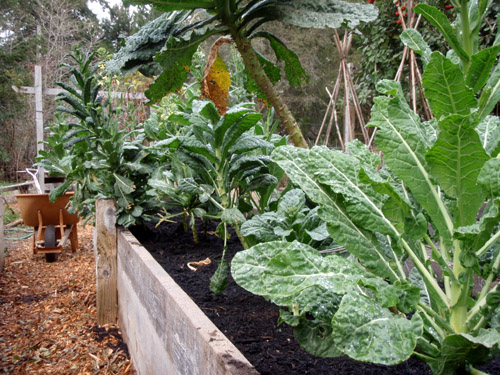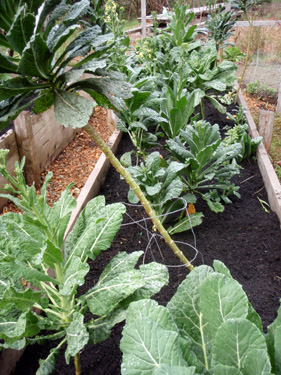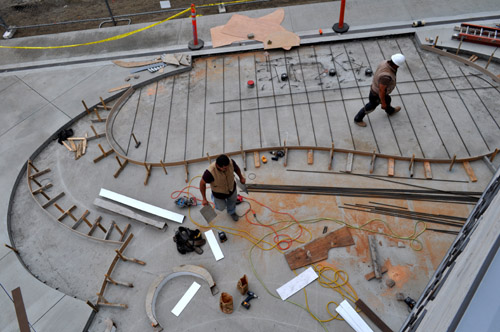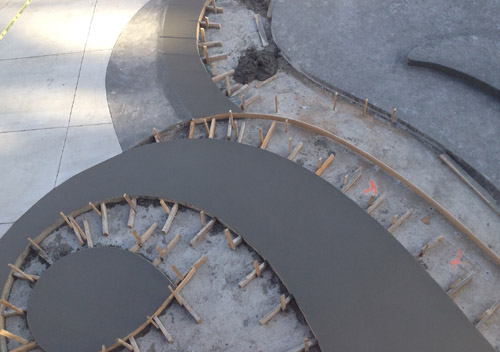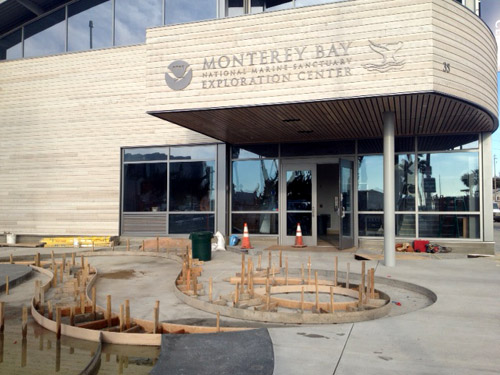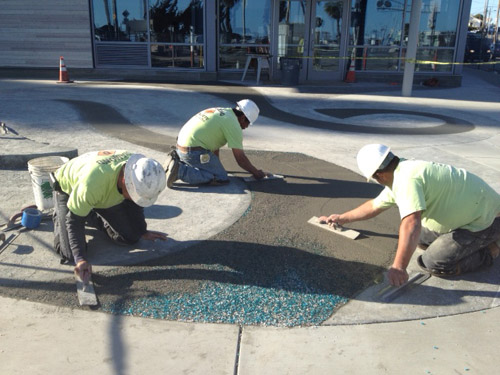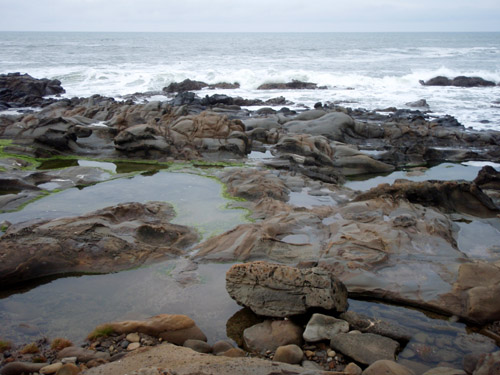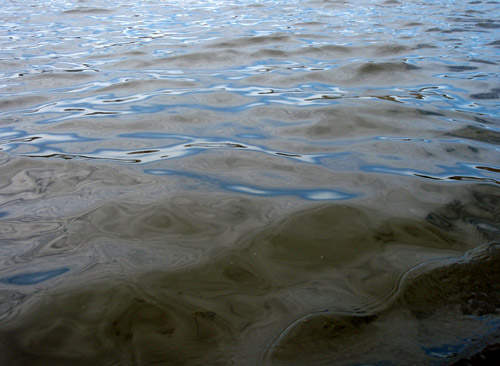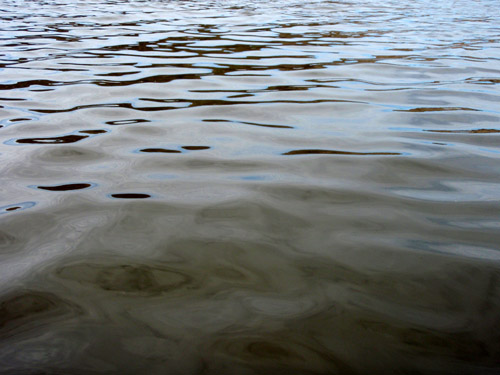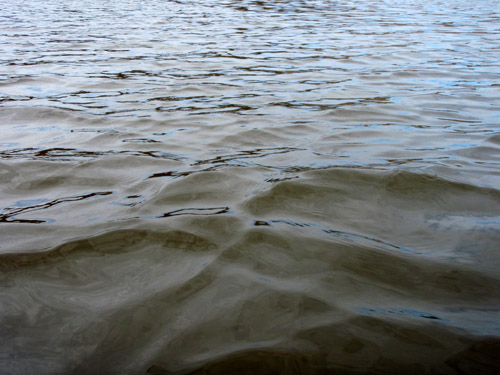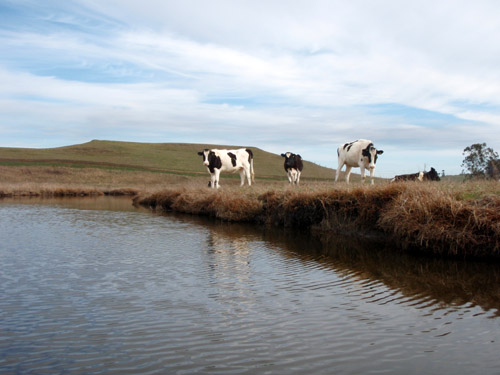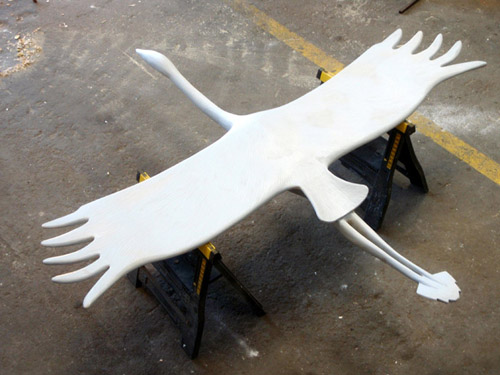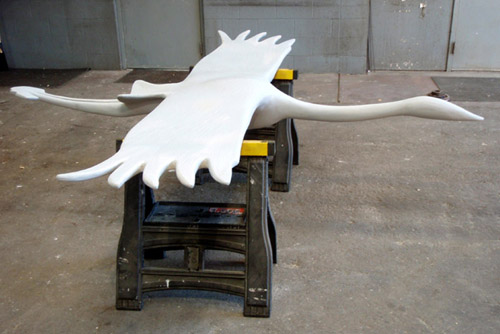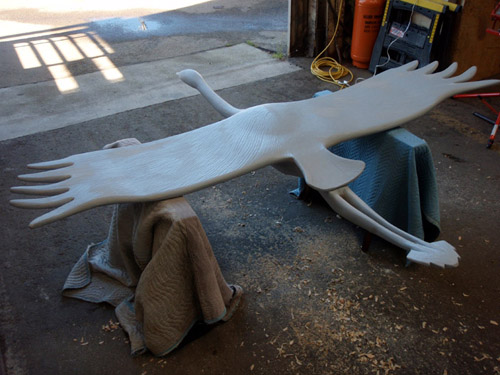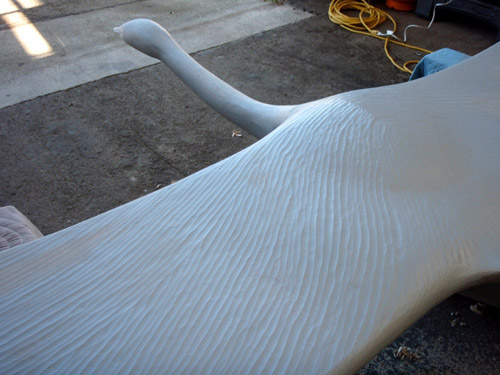
We launched our boats in a lingering morning fog.
Some days just call for a picnic, and some picnics call for adventure. So went my thinking when I invited my friend Cal to join me on my favorite six mile paddle down Estero Americano to a remote beach on an unseasonably warm day in late February. Like so many intrepid leaps into what lies beyond, ours began at the end of a dirt road, where we launched our boats in a lingering morning fog.

The rugged shore at the mouth of the Estero, looking towards Bodega Head.
The day warmed as the fog lifted and the slough opened up. We bucked a strong headwind on the last leg and beached our boats to find the waterway’s mouth closed to the Pacific despite the high tide. Finding shelter from the wind in the dunes, we spread our picnic on scraps of driftwood and enjoyed a delicious repast of boiled duck eggs, salami with cheese, olives and walnut bread, finished off with apples and strong tea with honey. Weary from the long paddle, we laid on our backs in the sand and watched the gulls drift by in the wind and a solo hawk hover uncannily still.

We used our paddles as sails on the journey home.
With a strong wind at our backs on the voyage home, we were able to use our paddles as sails for long stretches. Our plan was to find a protected cove on the way to stop to try a little drawing and painting, but the wind was too persistent so we opted for an early return. I look forward to breaking out the art supplies next time, but was happy enough to have the company of an old friend on real picnic adventure.
